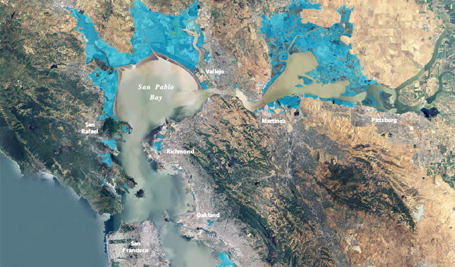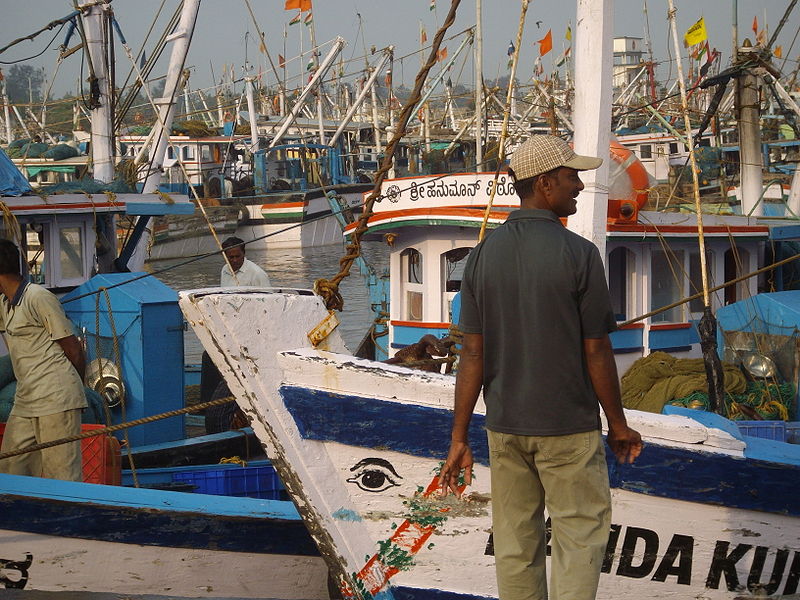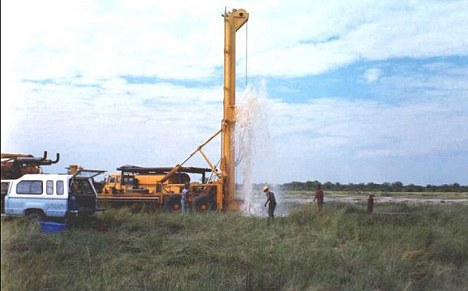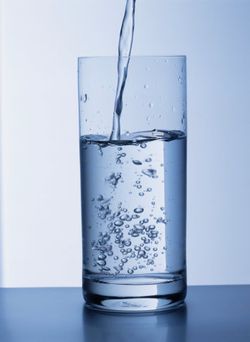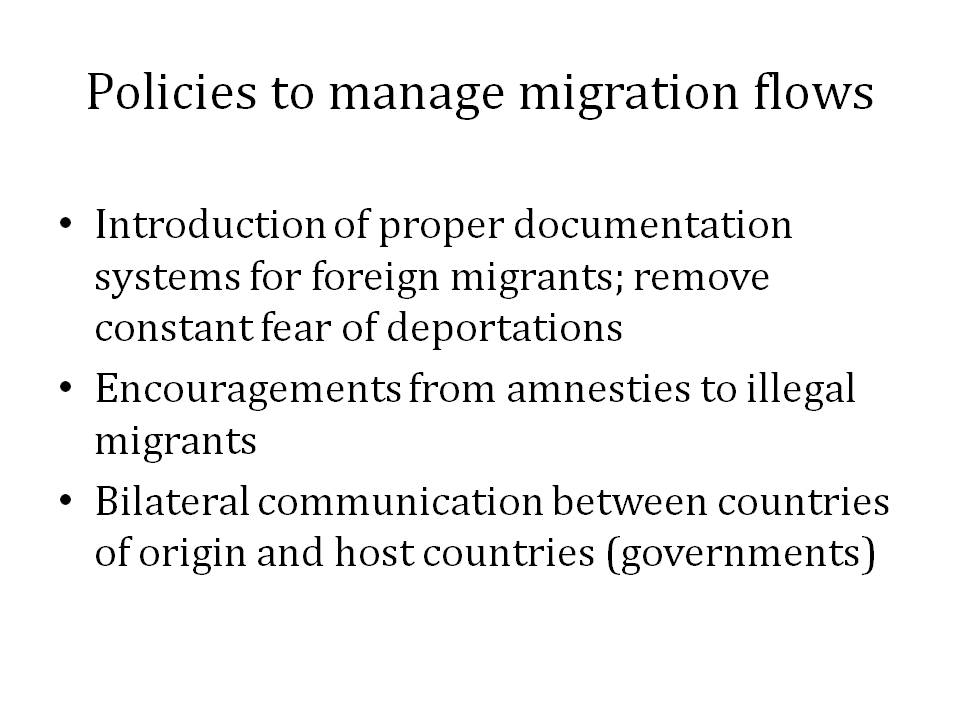Facebook Posts
How to Make Global Fisheries Worth Five Times More
Submitted by ward on
Factbox - Regions where water disputes are fuelling tensions
Submitted by ward on
Vast aquifer found in Namibia could last for centuries
Submitted by ward on
Mangalore: 'Southern, National Grids to be Connected to Reduce Power Problems'
Submitted by ward on
Taking the Ick Factor Out of Recycled Water
Submitted by ward on
PSI
Submitted by brittanyyu on
Policies to Manage Migration Flows
Submitted by brittanyyu on
Migration Health Promotion
Submitted by brittanyyu on



